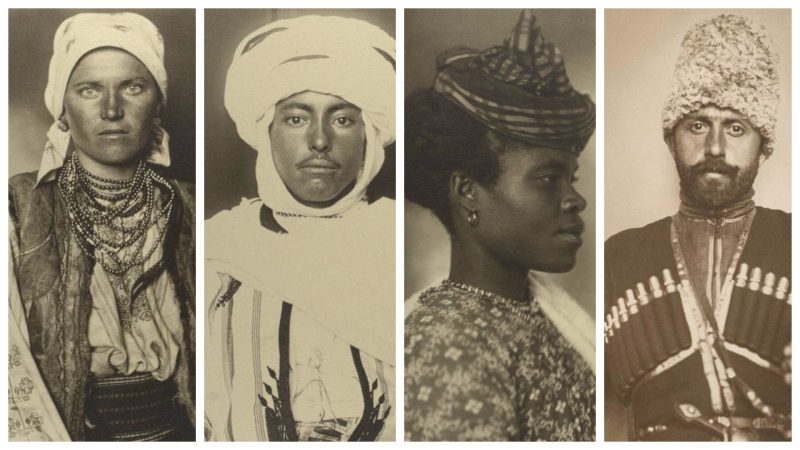A unique photographic record of people arriving in New York by ship from all corners of the world provides an insight into their great diversity. The photographer was actually an amateur: he took the photos while he was working as a records clerk at an immigration and customs centre on New York’s Ellis Island, where ships carrying hopeful crowds of immigrants docked and their passengers first stepped ashore on US land.
The photographer’s name was Augustus Sherman, and he was one of the many clerks recording the names and nationalities of new arrivals in great registers that were maintained at Ellis Island. Sherman worked there between 1892 and 1925. His photographic portraits were accepted for publication by a well-known US-based general-interest magazine, the National Geographic, and saw print in 1907. Framed copies of the prints were put on display for a time at the premises of the USA government immigration department in New York. These portraits were later presented to the public library in New York.
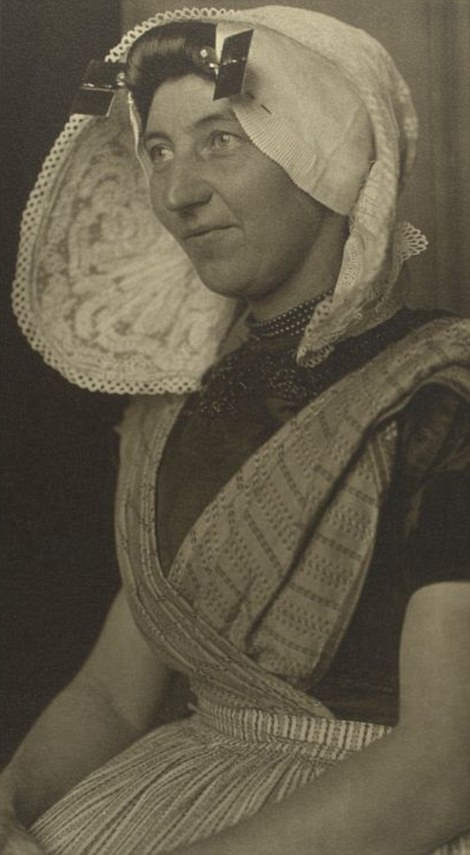
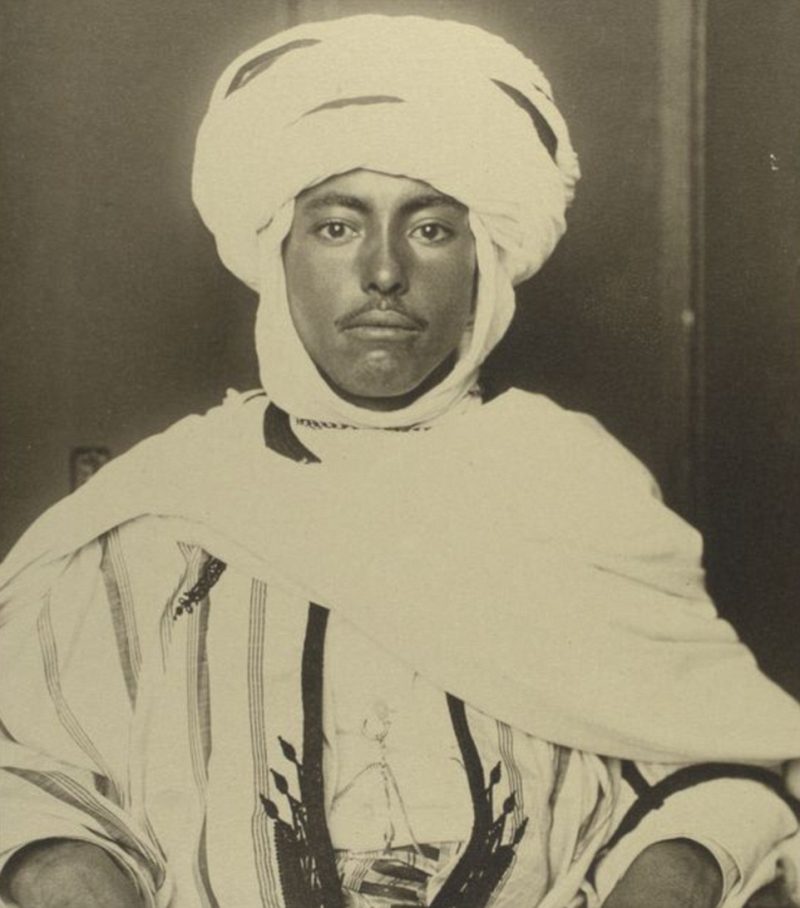
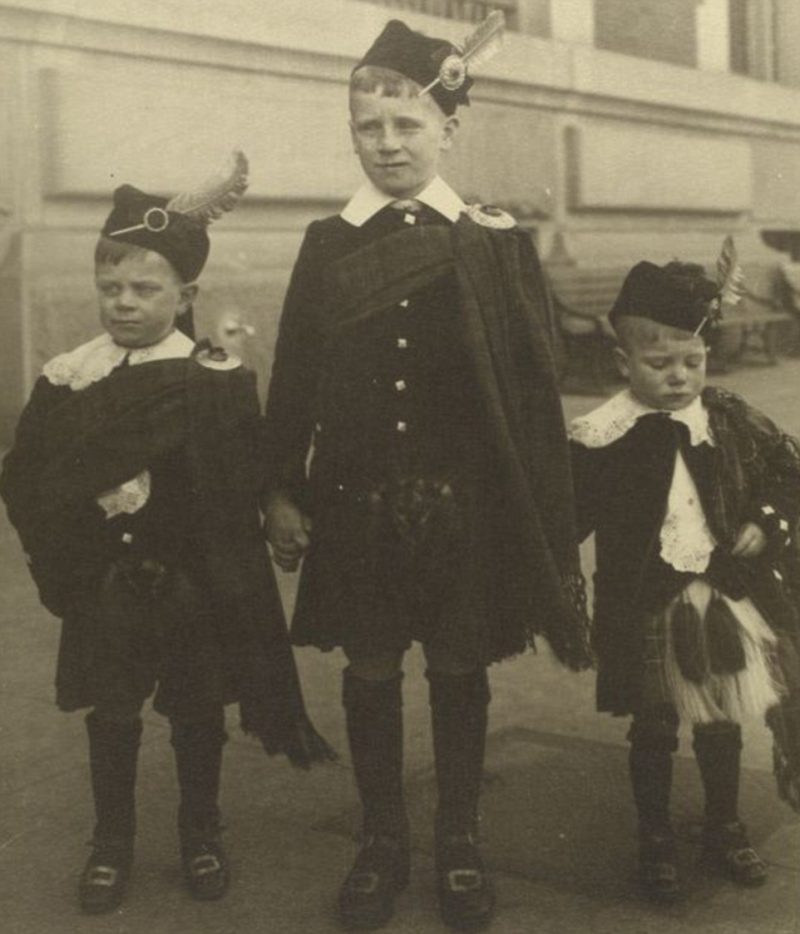
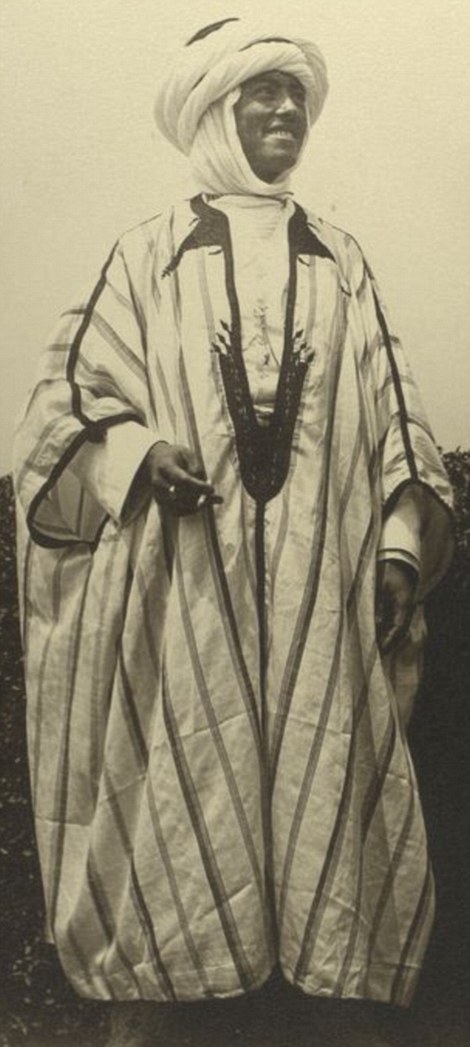
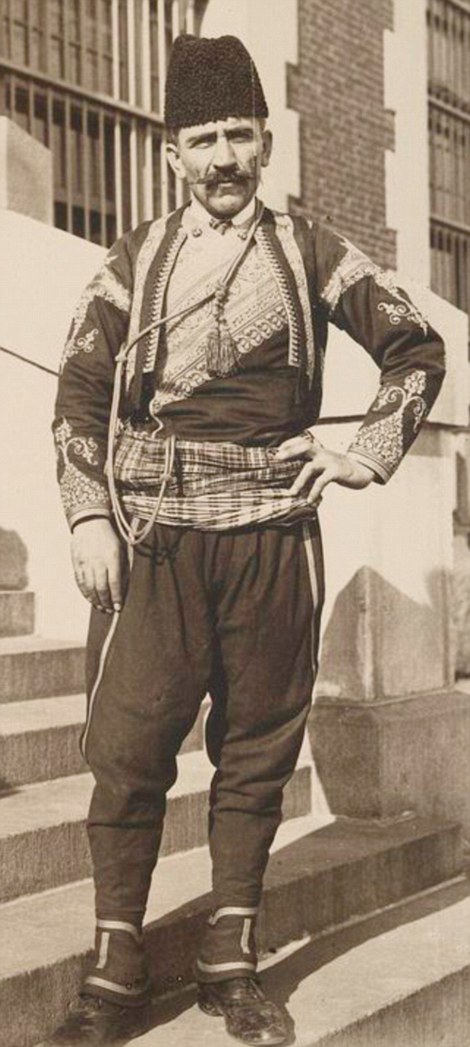
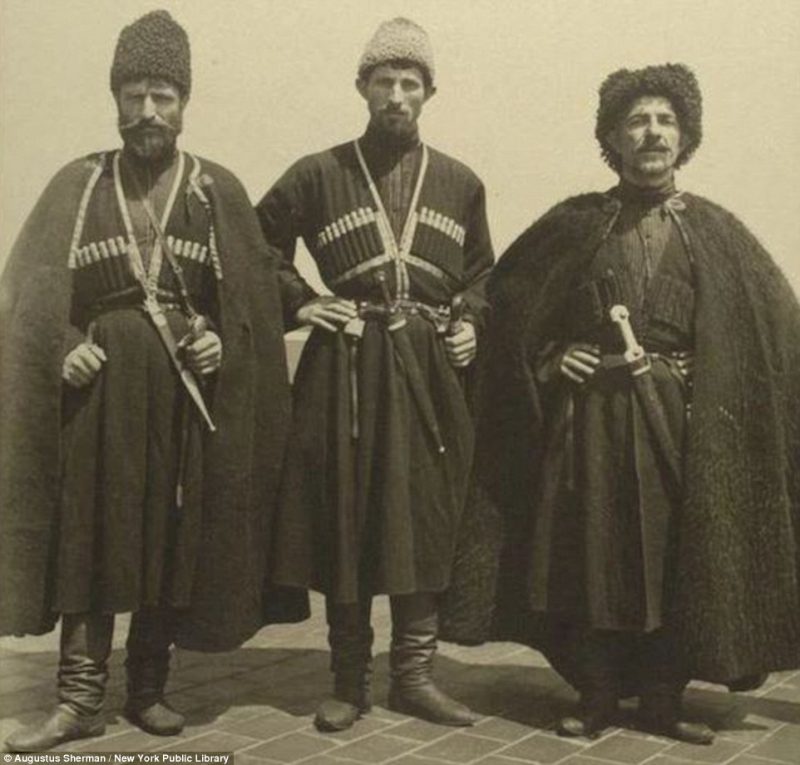
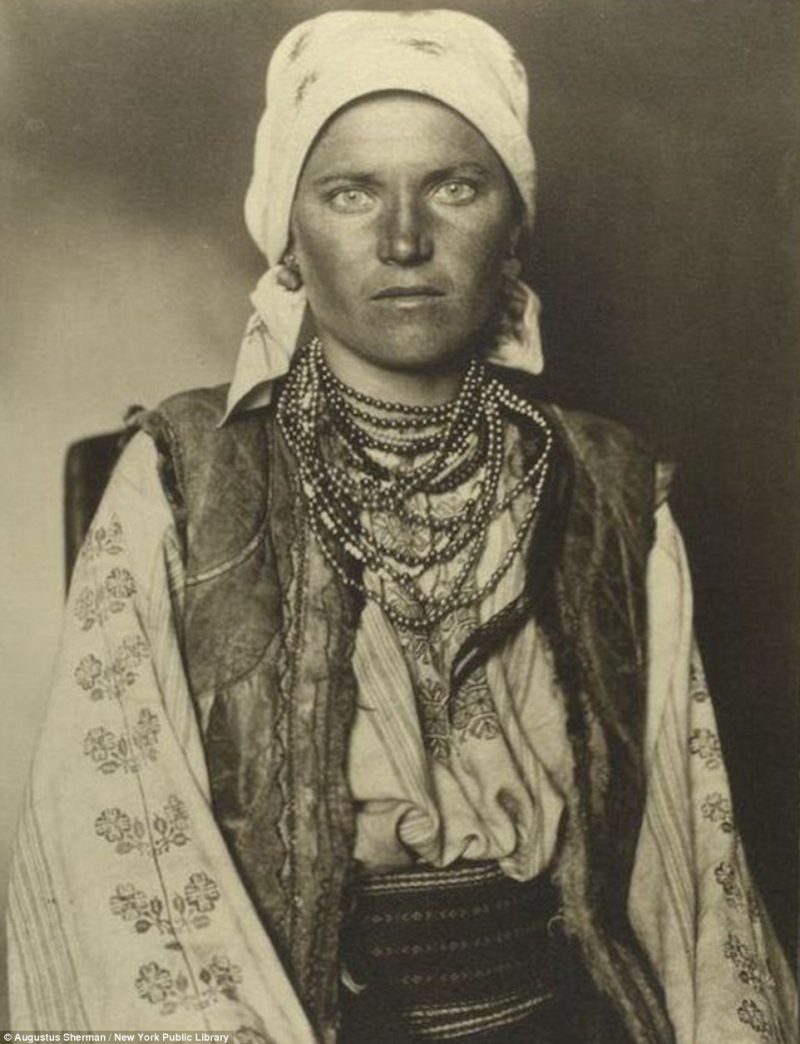
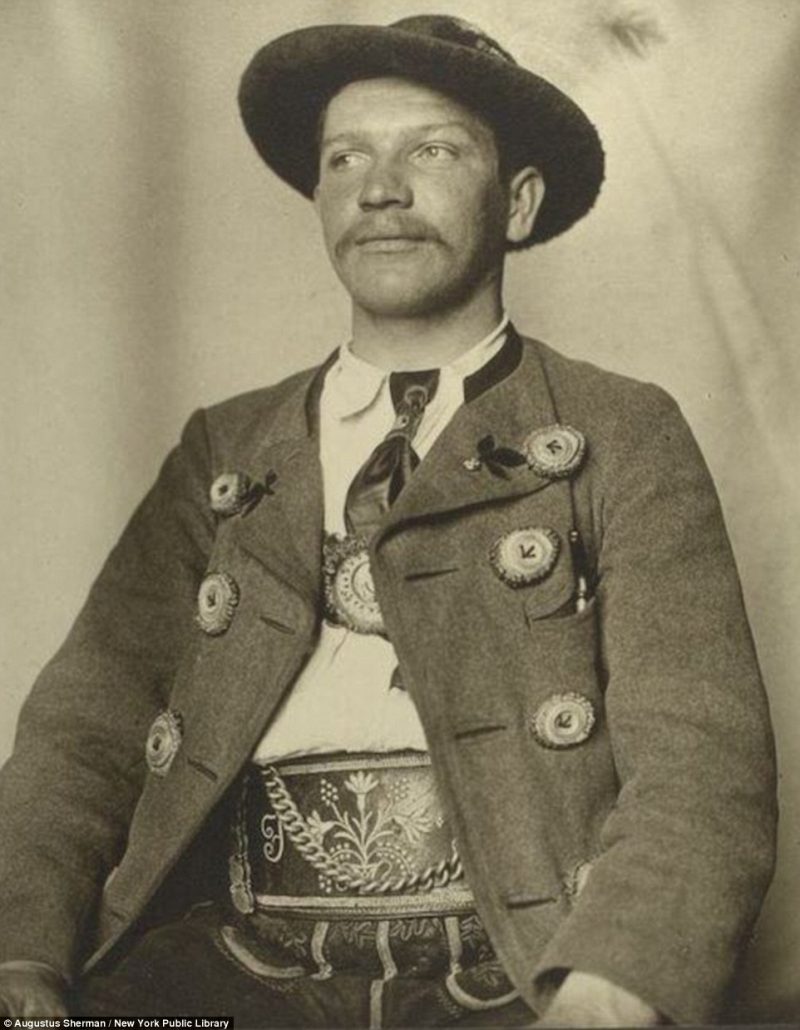
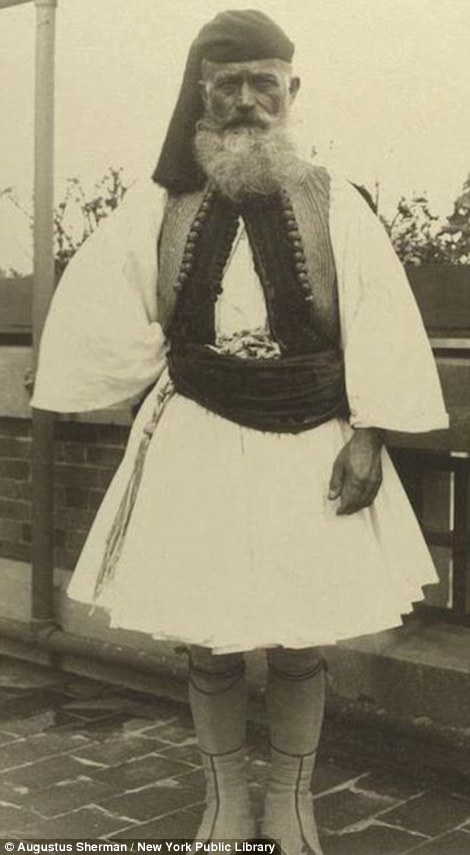
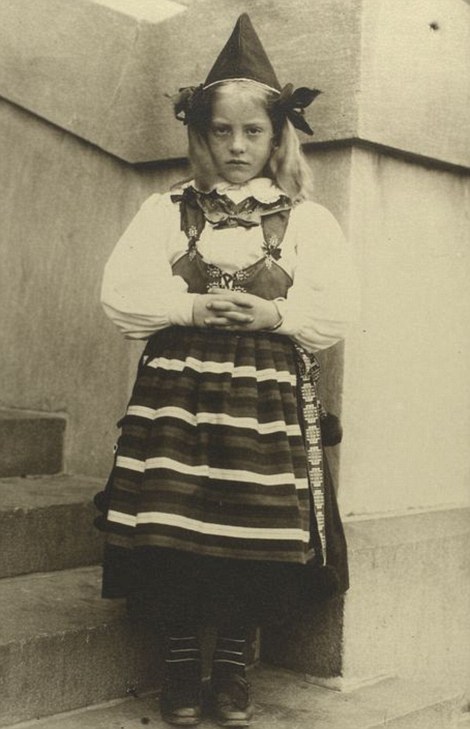
The government of the USA started to use Ellis Island to process arriving immigrants in 1892. By 1954, well over twelve million new immigrants had alighted at the island quayside. Nowadays, two-fifths of the population of the USA have had at least one of their antecedents pass through Ellis Island.
Although there is much to celebrate about Ellis Island’s historic importance, there is also a darker side to its story. Its records reflect the deep-seated racism and other discriminatory practices that lie at the heart of so much of America’s colonial history. Increasingly after the First World War, the immigration centre took to rejecting immigration requests from an assortment of people deemed undesirable by the USA authorities. People turned away at the very brink of achieving their life’s dream included many from Mediterranean countries, eastern Europe, illiterate people, orphans, and physically and mentally disabled people.
It is easy to discern the great diversity of nations and cultures represented by those seeking new lives for themselves and their families. They exemplify the great range in statures, features and physiognomies to be found among the earth’s diverse peoples. To add to this fascinating story, a great many of those selected by Augustus Sherman for his photographic record were decked out in their traditional attire. Clothes of nearly every imaginable type can be seen being worn with pride.
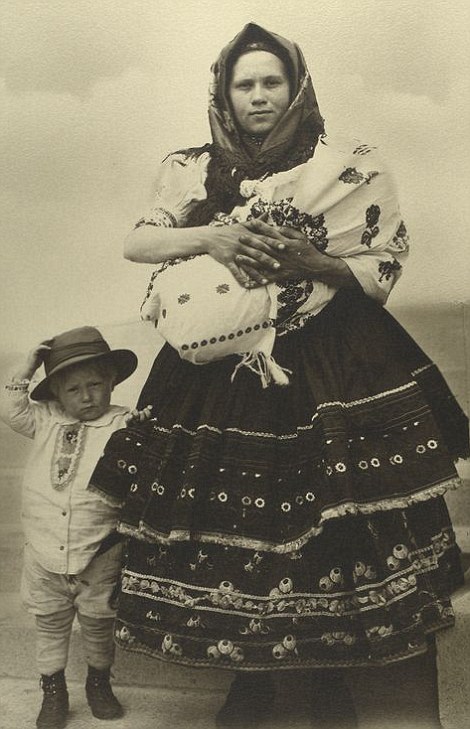

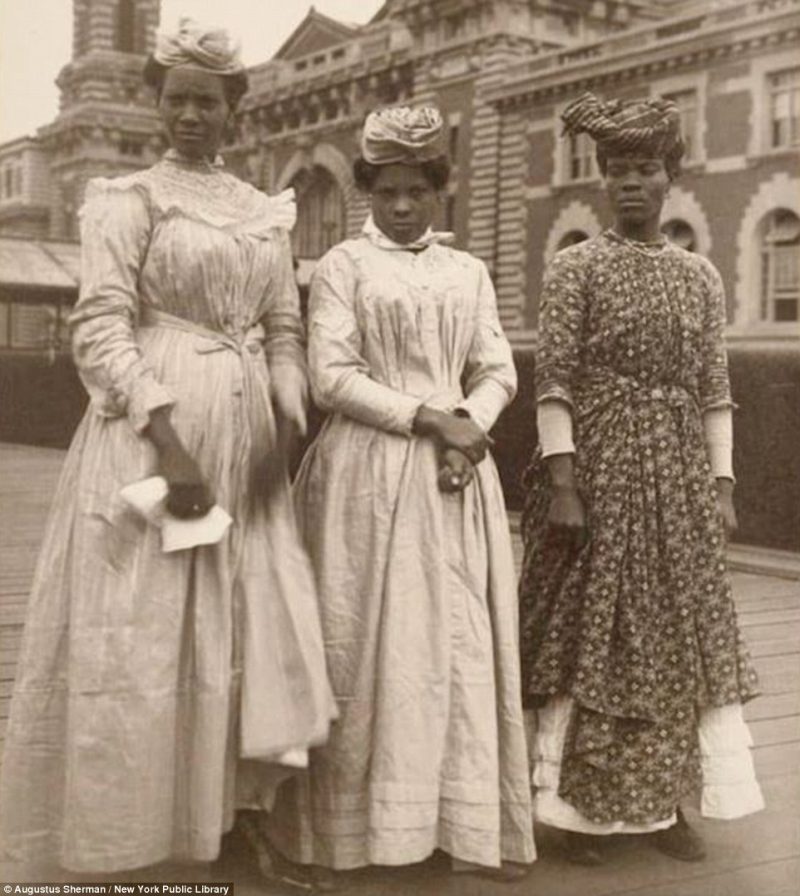

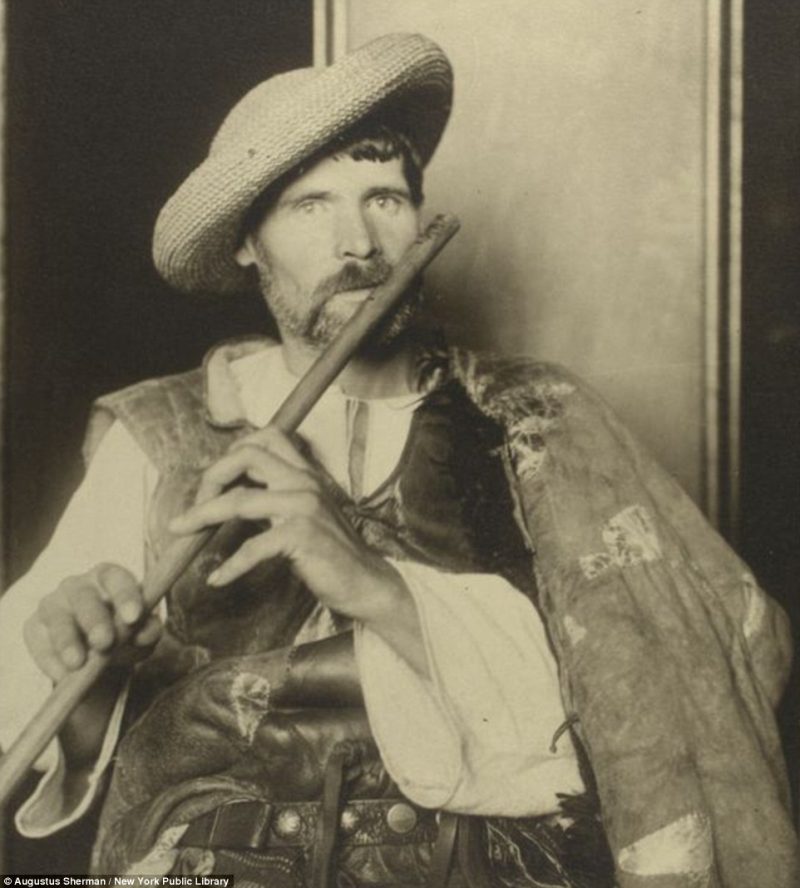
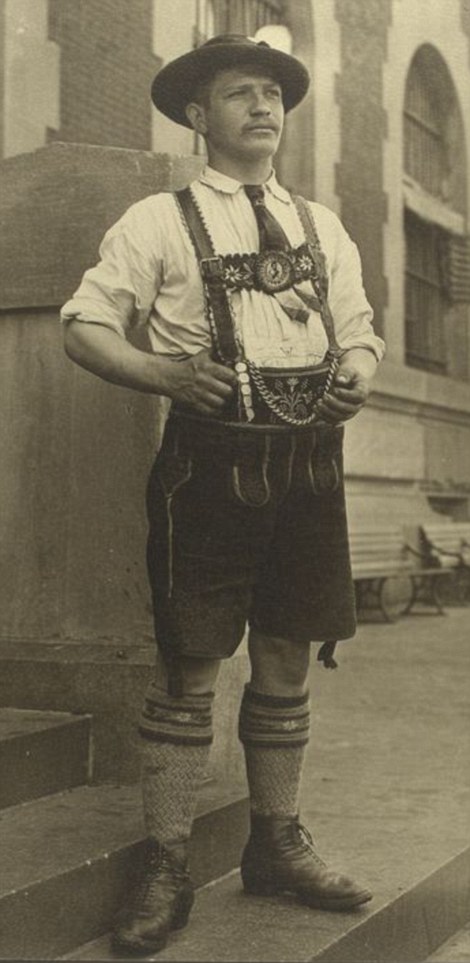
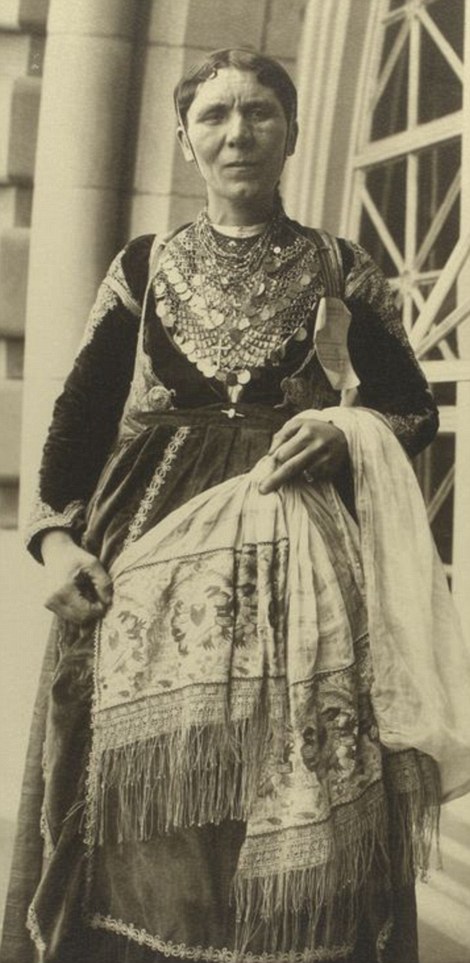
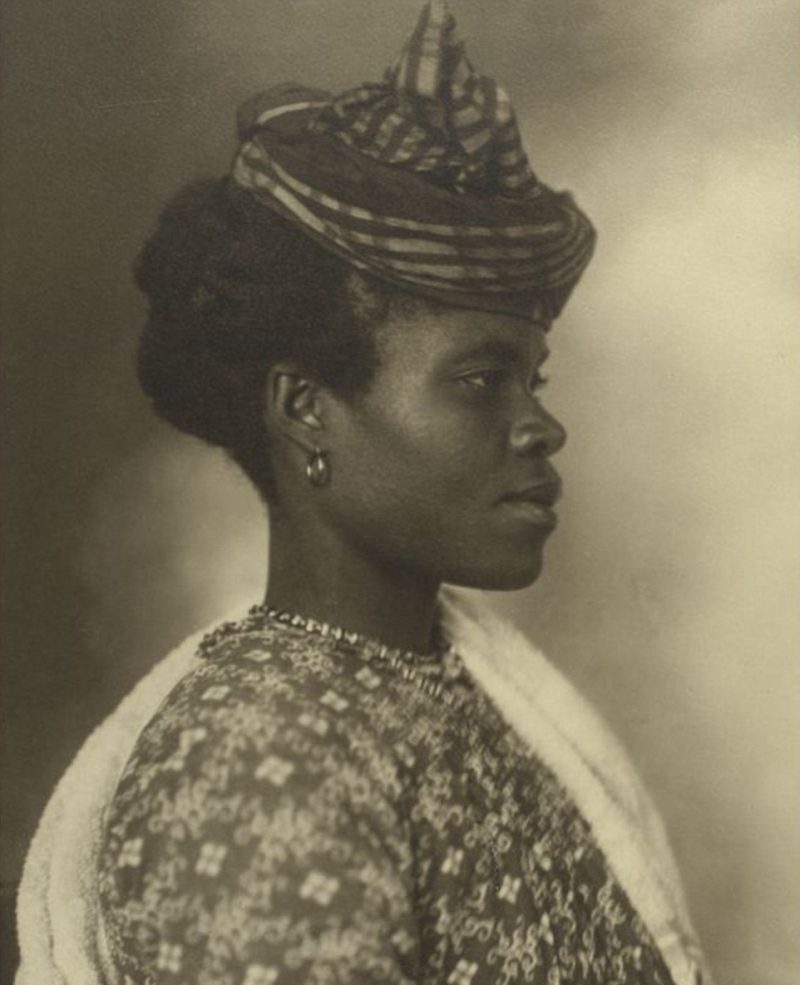
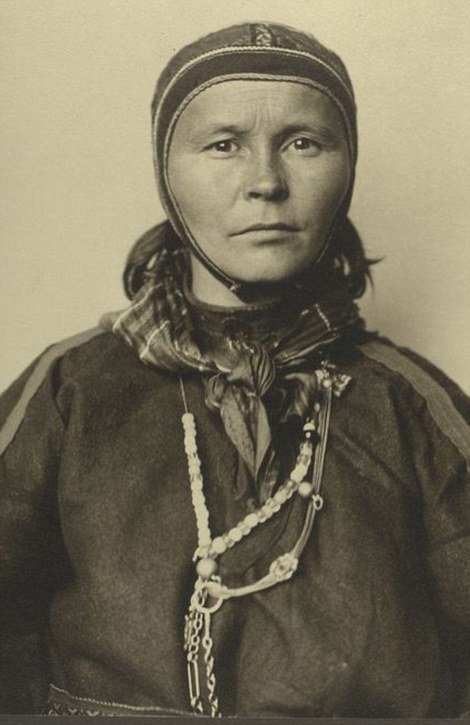
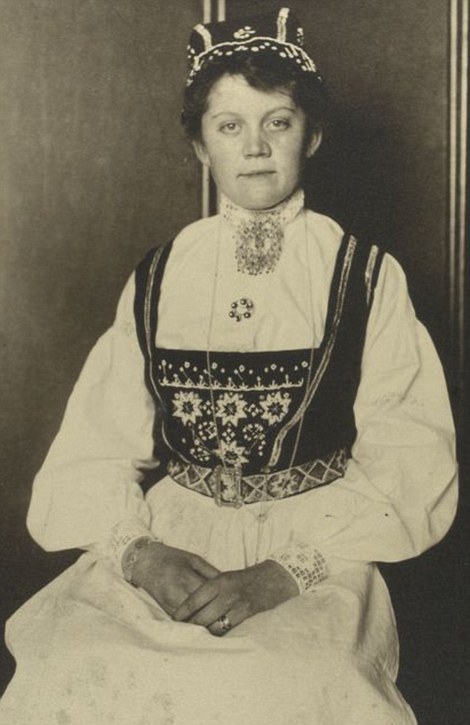
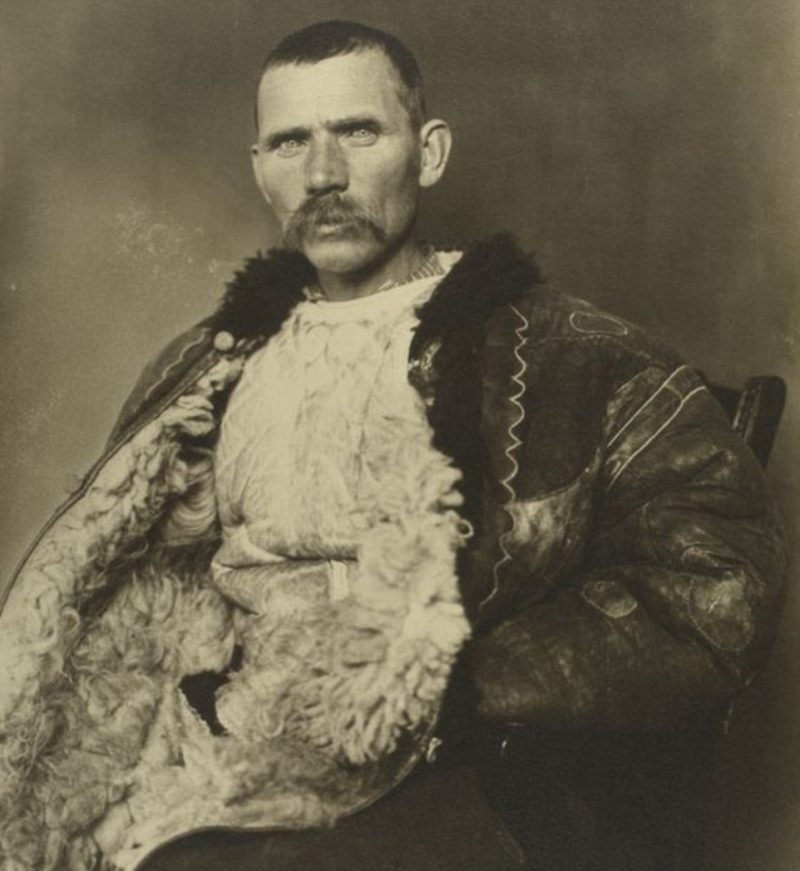
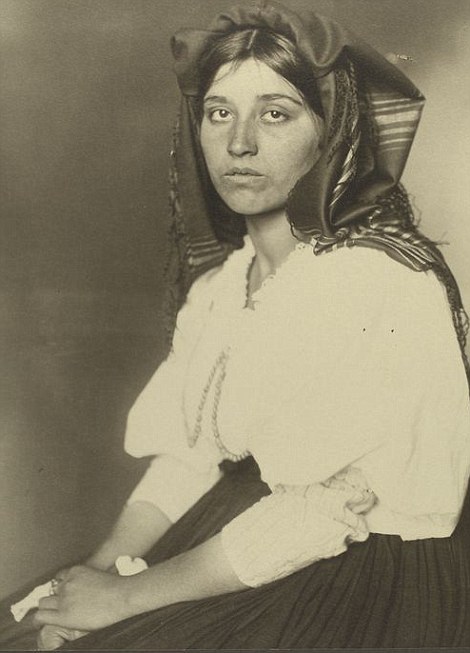
Among the many portrayed in the Sherman collection are three women from the Netherlands, possibly a mother and her daughters, and two young children, also noted as Dutch. They are kitted out in simple Dutch clothes and the little girl and boy can be seen wearing wooden clogs. Then there is a soldier from Greece, proudly displaying his grand regalia. Another soldier is wearing the waistcoat and cocked fez typical of Albania. Of equally proud bearing, there are men labelled as from the Russian empire, although their costumes of boots, cloaks and Cossack caps suggest they may equally be from Georgia.
One photograph depicts a young lady from the French Caribbean island of Guadeloupe; in another, she is accompanied by two others from that island. There is a dapper Algerian youth, in headscarf and turban; and from Bavaria, a young man is depicted with big-buttoned jacket, wide belt and wide-brimmed hat askance on his head. The traditional lederhosen are just detectable at the bottom of the image.
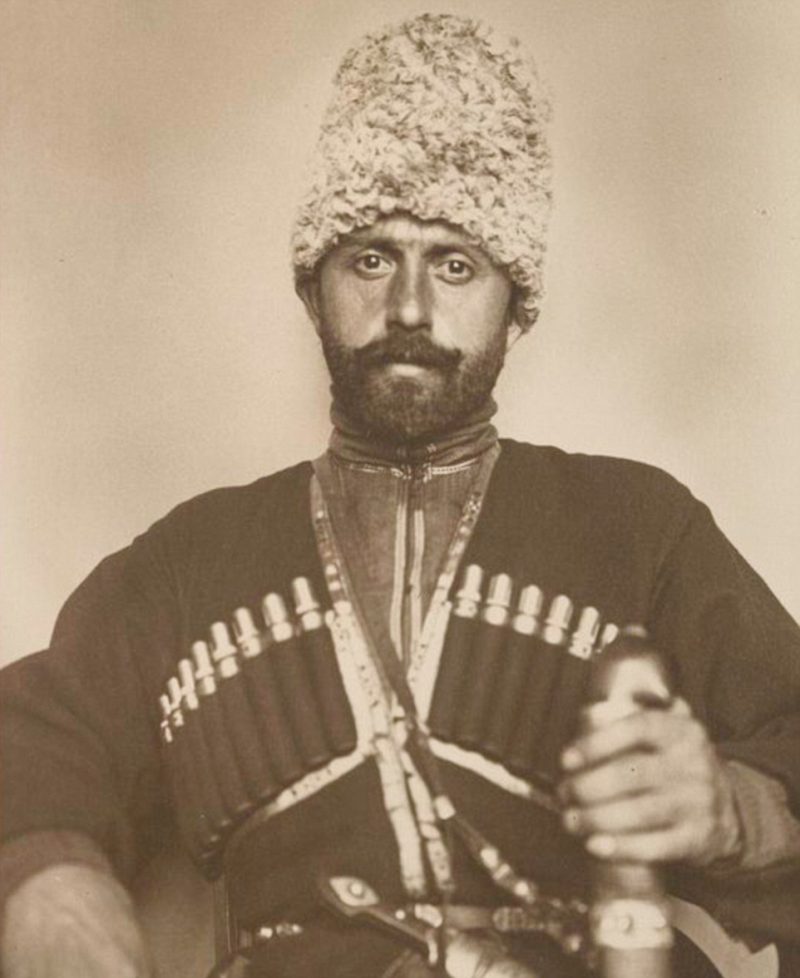
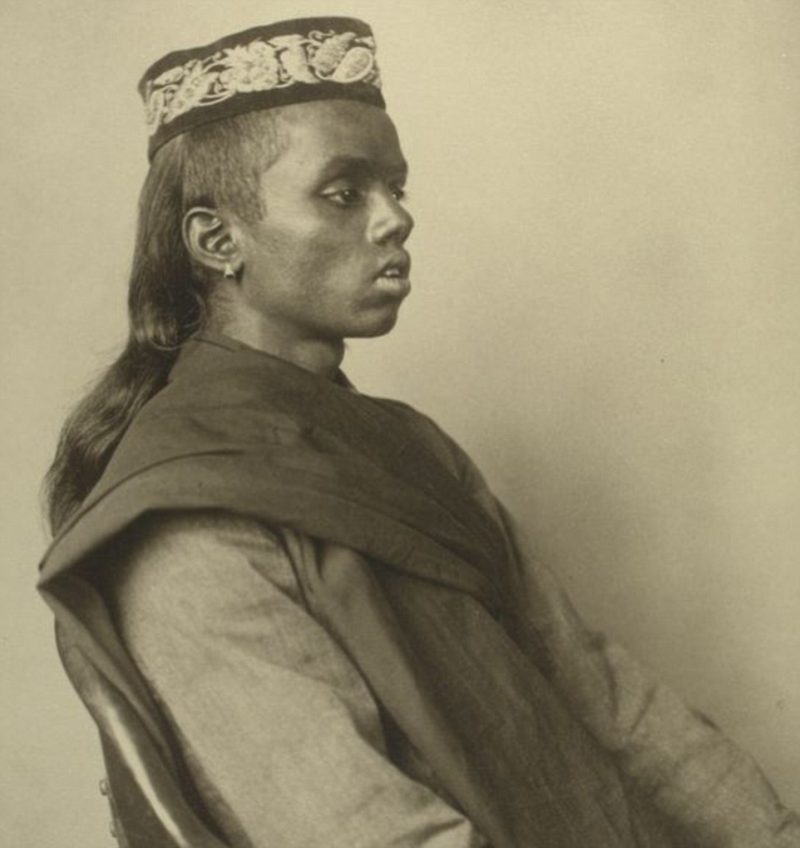
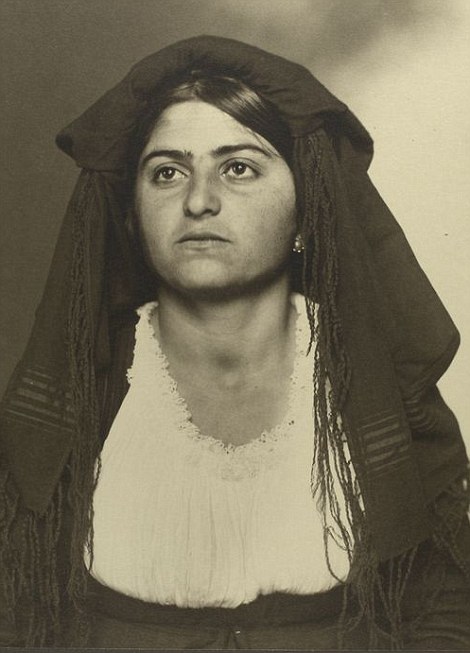
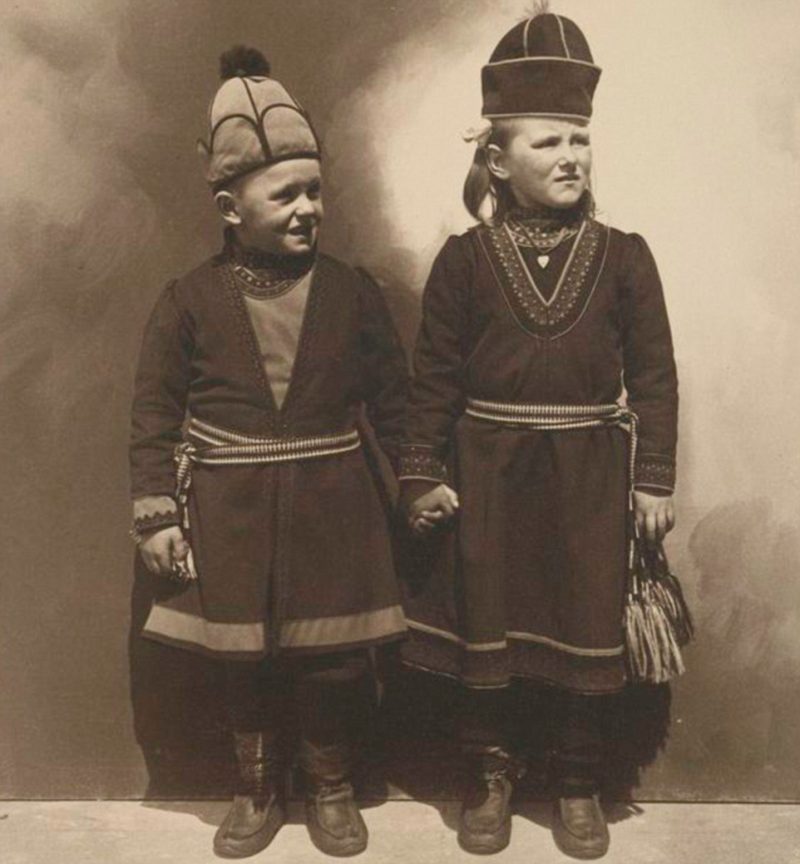
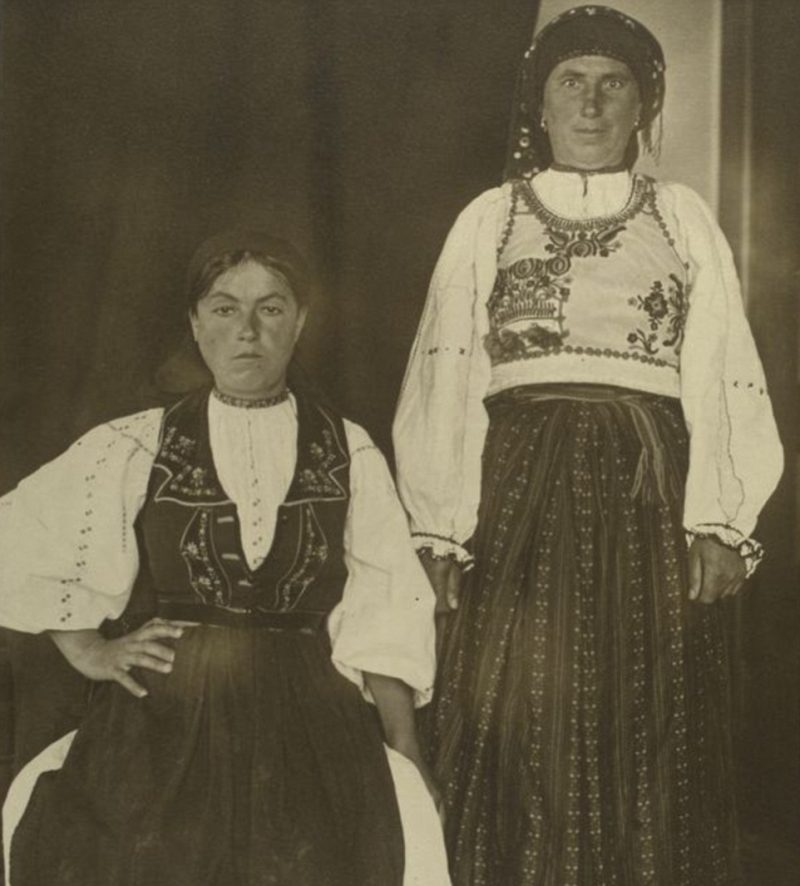
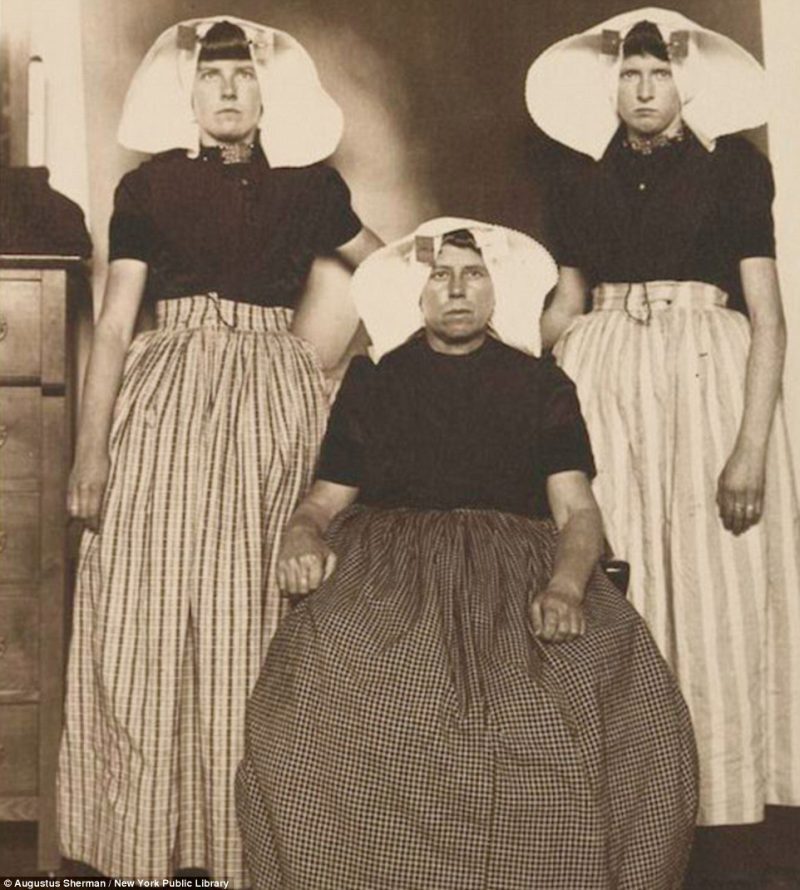
The following are also notable among the portraits. There is a young man from Germany, resplendent with tattoos on arms and chest. He is actually recorded on the photograph as a stowaway, and one is left wondering whether he would have been permitted to stay or been sent away, as a penalty for his unsanctioned means of travel. Two photographs show a woman and two young children grandly attired in the Sami dress of the people of Scandinavian Lapland. Also from Scandinavia, there is an elderly bearded gentleman from Denmark, wearing nautical clothes, possibly himself a man of the sea.
There are portraits of young ladies from Italy and Norway, proudly posing with their national costumes, In another, a young Hindu gentleman is shown sitting, with robes, long hair and neat headcap. Several photos show people from parts of the Austro-Hungarian Empire: a trio of women from Slovakia, another woman and child from there, a woman from Ruthenia and two shepherds from Romania, one holding a flute to his mouth.
All in all, this is a fantastic record of a particular period in the history of the United States of America, at a time when people dreamed about freedom and were seeking it out as a place where they could find peace and forge new lives for themselves.
